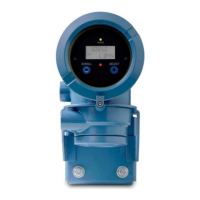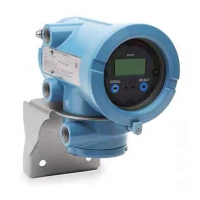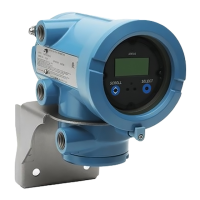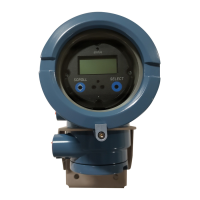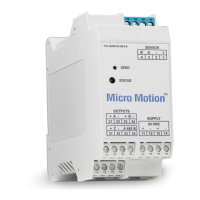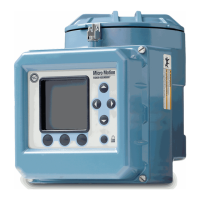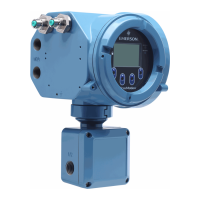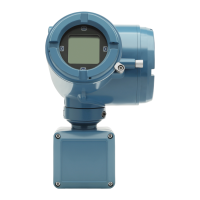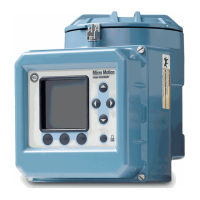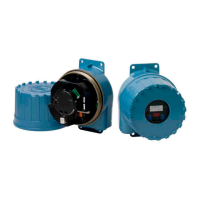Option Description
Failure The event is serious enough to require fault actions by the transmitter. The event may be
either device-related or process-related. Operator action is strongly recommended.
Function Check Configuration change or device testing. No fault actions are performed. The operator
may need to complete a procedure.
Out of
Specification
The process is outside user-specified limits or device limits. No fault actions are
performed. The operator should check the process.
Maintenance
Required
Device maintenance is recommended, either near-term or mid-term.
• To ignore an alert:
a) Choose Device Settings → Alerts → Alert Setup.
b) Choose the category of the alert: Sensor, Configuration, Process, or Output.
c) Select the alert.
d) Set the severity to No Effect.
If an alert is ignored, any occurrence of this alert is not posted to the alert list and the status LED on the
transmitter does not change color. The occurrence is posted to alert history.
• To ignore a condition:
a) Choose Device Settings → Alerts → Alert Setup.
b) Choose the category of the alert: Sensor, Configuration, Process, or Output.
c) Select the alert.
d) Choose Set Conditions.
e) Select the condition and set it to OFF.
If a condition is ignored, any occurrence of this condition is not posted to the alert list and the status LED
on the transmitter does not change color. The occurrence is posted to alert history.
7.2.4 Configure Fault Timeout
Display
Menu → Configuration → Alert Setup → Output Fault Actions → Fault Timeout (sec)
ProLink III Device Tools → Configuration → Fault Processing → Fault Timeout
Field communicator Device Settings → Alerts → Alert Setup → Output Fault Action → General → Fault Timeout
Fault Timeout controls the delay before fault actions are performed.
The fault timeout period begins when the transmitter detects an alert condition.
• During the fault timeout period, the transmitter continues to report its last valid measurements.
• If the fault timeout period expires while the alert is still active, the fault actions are performed.
• If the alert condition clears before the fault timeout expires, no fault actions are performed.
Restriction
• Fault Timeout is not applied to all alerts. For some alerts, fault actions are performed as soon as the alert
condition is detected. See the list of alerts and conditions for details.
• Fault Timeout is applicable only when Alert Severity = Failure. For all other settings of Alert Severity, Fault
Timeout is irrelevant.
Configuration and Use Manual Configure device options and preferences
MS-00809-0200-1600 May2024
Configuration and Use Manual 91
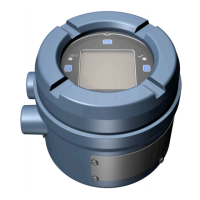
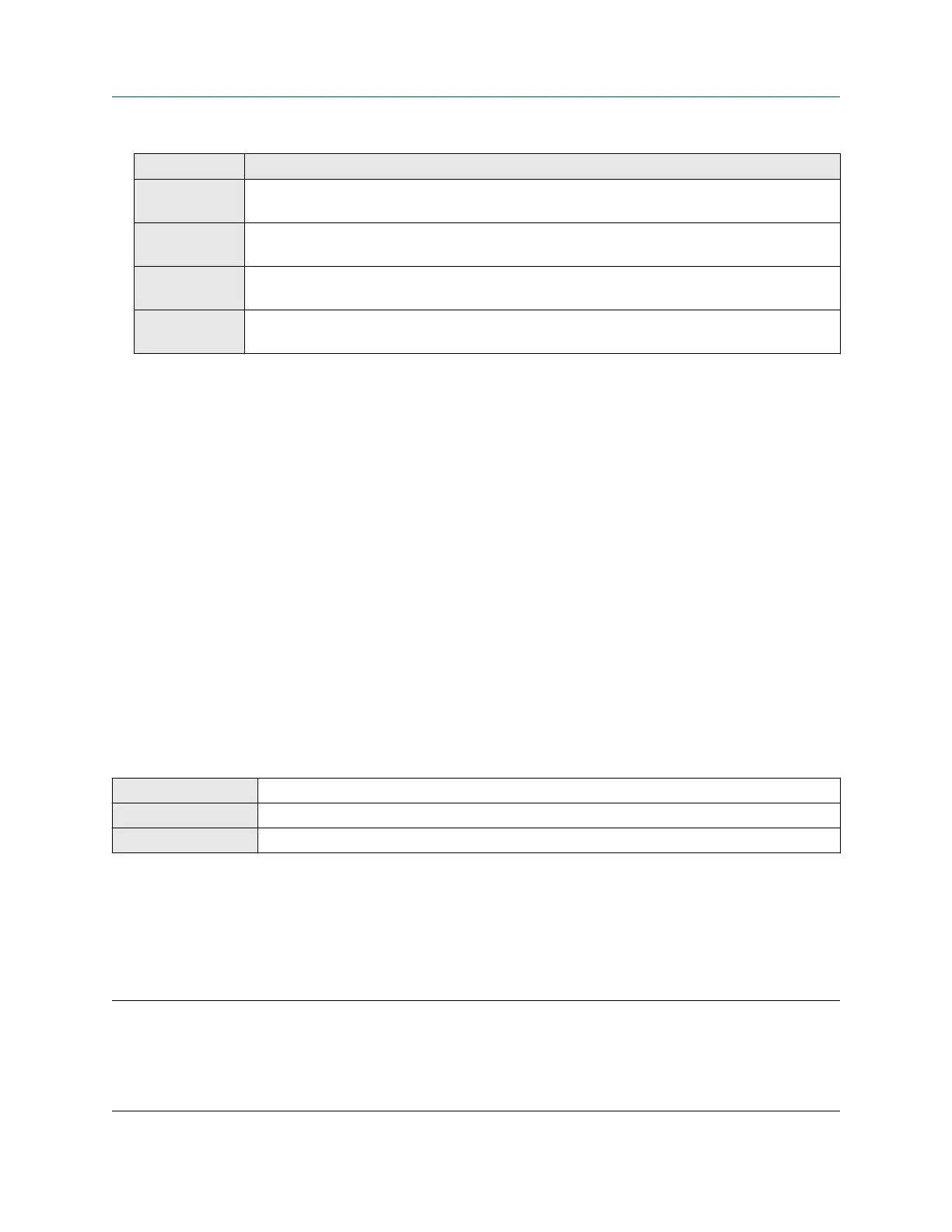